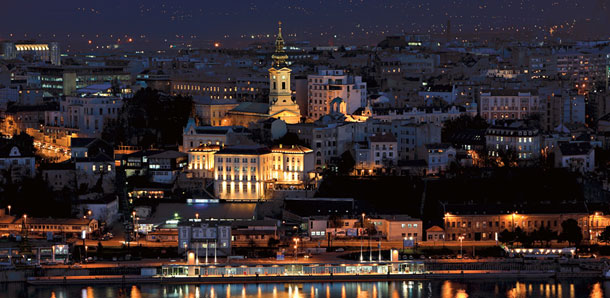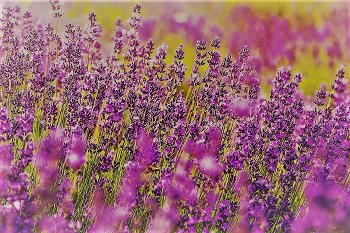|
In his dramaturgically complex sound and radio works, the multifaceted radio artist and theater director repeatedly draws on sounds, sounds and recordings from his extensive sound archive. Arsenije Jovanovic's pieces are characterized by a "sound signature" that has been further developed and refined over decades and is evident in all his works. This was the case in White City in 1997 and also in his new radio piece Vents e Voix de Provence.
White City

In memory of the mass protests in Belgrade in 1996 and 1997, with which the population expressed its resistance against a power-obsessed and corrupt government, the Belgrade artist Arsenije Jovanovic realized this radio work.
"They are acoustic reminiscences" states the author. After all, the protesters in Belgrade's streets also knew how to use acoustics as a "medium" of their power. "They used everything that produces noises and sounds," Jovanovic says: "All kinds of plates and other kitchen utensils, furniture parts, radios, bells, whistles, car sirens, all kinds of musical instruments that were available. They used their own voices and those of their pets. Their noises and sounds emanated from balconies and windows, from roofs and terraces, from cars and from bicycles. They were everywhere: on sidewalks as well as on trees. All these sounds and noises produced a unique acoustic flood that flooded the city and silenced everything, so that nothing else could be heard - especially the propagandistic broadcasts of state radio and television".
A. Jovanovic calls this "paradoxes of noise": sound against sound. Radio against radio. Medium against medium. An acoustic war had broken out, a sounding nightmare that had something futuristic about it. It sounded - according to the author - like an acoustic and musical experiment with thousands of participants.
"White City" conveys to the listeners impressions of this major political-acoustic event, of which the whole world took note. The fate of a demonstrating tuba player is also told. A man who had never played the tuba before, as Jovanovic knows: "He had no musical education at all, the instrument had been in his house purely by chance. He took part in the general "performance" from his balcony in one of the city's largest streets and was very happy to be able to take a place "on the podium" of the "greatest musical event of all time". Unfortunately, his heart was not in good shape. In the middle of the "concert he suffered a heart attack. It is said that while he was still dying, he asked to be buried with his instrument". This tuba gives Jovanovic the name "euphonium" - although he admits not to know exactly what type it was. For the term "euphonium"-"euphony" in English refers in this piece to the role of the tuba player as part of a huge sound orchestra.
Vents e Voix de Provence

With Vents e Voix de Provence, Arsenije Jovanovics has added another chapter to his acoustic travel diary. The artist uses no linguistic translation, nor does he use a camera to document his impressions:
"I prefer to describe with sound rather than words. In the acoustic territory the imagination has more space. There it is easier for me to get rid of all those realistic details that a traveler carries around like an unnecessary ballast".
In "Vents e Voix de Provence", Arsenije Jovanovic uses a recording device and microphone to sketch a journey he made several years ago.
|


